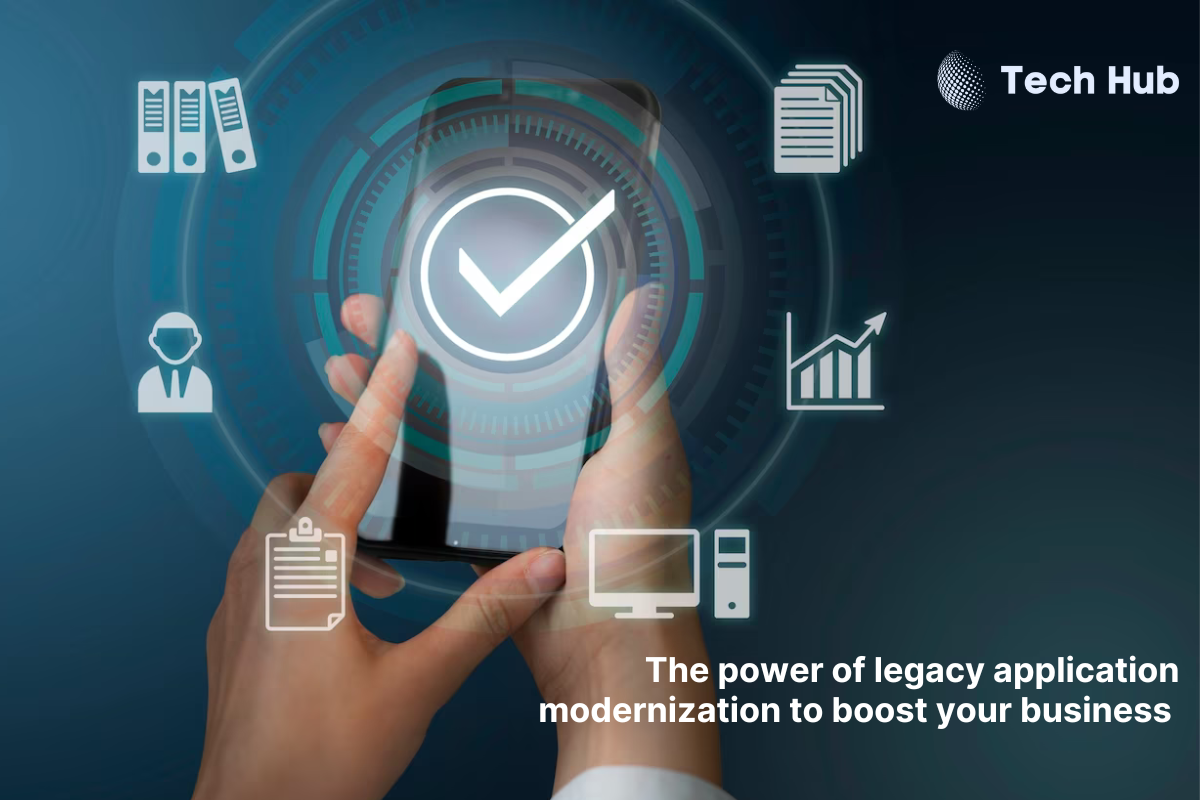
We all have come across those old-gen computers and laptops that are so outrageously outdated they can barely run Solitaire, let alone handle our more modern needs. Take the same example in your mind and think of legacy applications. They face a similar problem: outdated software clings to your business like a digital deadweight. But what if these ‘relics’ could be transformed into engines of innovation and drive efficiency, security, and growth? This is where Legacy Application Modernization (LAM) comes in, and it’s not just a phrase with big words, it is a game changing phenomena.
Unveiling Legacy Application Modernization
LAM isn’t about replacements, it’s about the revitalization of your existing applications by breathing life into them through strategic updates. This involves modernizing the codebase, which entails updating programming languages and frameworks to improve performance and scalability; improving the internal structure for easier maintenance and security; and leveraging cloud technology, which entails moving applications to the cloud to boost flexibility, accessibility, and cost efficiency.
The Legacy Application Modernization Revolution in 2024
The LAM landscape is constantly evolving, with exciting trends shaping the future:
- Focus on microservices: Breaking down huge applications into more independent and smaller modules for easy maintenance and deployment of services.
- Low-code/no-code platforms: Bringing in platforms that don’t require extensive coding expertise can empower businesses to modernize applications with easier access.
- AI-powered modernization: Reducing time and saving costs, utilizing AI to automate tasks can help optimize the modernization process.
Facts about Legacy Application Modernization
- A Gartner report predicts that 60% of organizations will prioritize application modernization by 2024.
- Modernization can reduce maintenance costs by up to 70%, according to a study by IDC.
- And most of all, upskilling your IT team is crucial to get the most out of your modernized applications.
Your Roadmap to Success with Legacy Application Modernization: Expert Tips & Tricks
Ready to unleash the hidden potential of your legacy applications with modernization? Here’s our advice:
- Smart scalability: Do not attempt to upgrade everything at once. Begin with a beta version and scale it based on your success.
- Assess your needs: Before you begin the modernization process, clearly describe your aims and desired outcomes.
- Embrace collaboration: Involve key stakeholders from several departments to ensure everyone is on board and contributing useful insights.
- Security measures : Prioritize strong security measures throughout the process to secure your data and systems.
Legacy applications do not have to be a burden, and by adopting Legacy Application Modernization, you can unlock a future of higher efficiency, enhanced security, and an open platform for creativity. So, dust up your “relics” and begin looking into the endless possibilities. With an appropriate strategy and focus on both technology and people, you can transform your legacy apps into rocket fuel that propels your company ahead.
Want to go deeper? Subscribe to our newsletter to receive exclusive insights, industry trends, and practical advice for navigating the fascinating world of Legacy Application Modernization!
